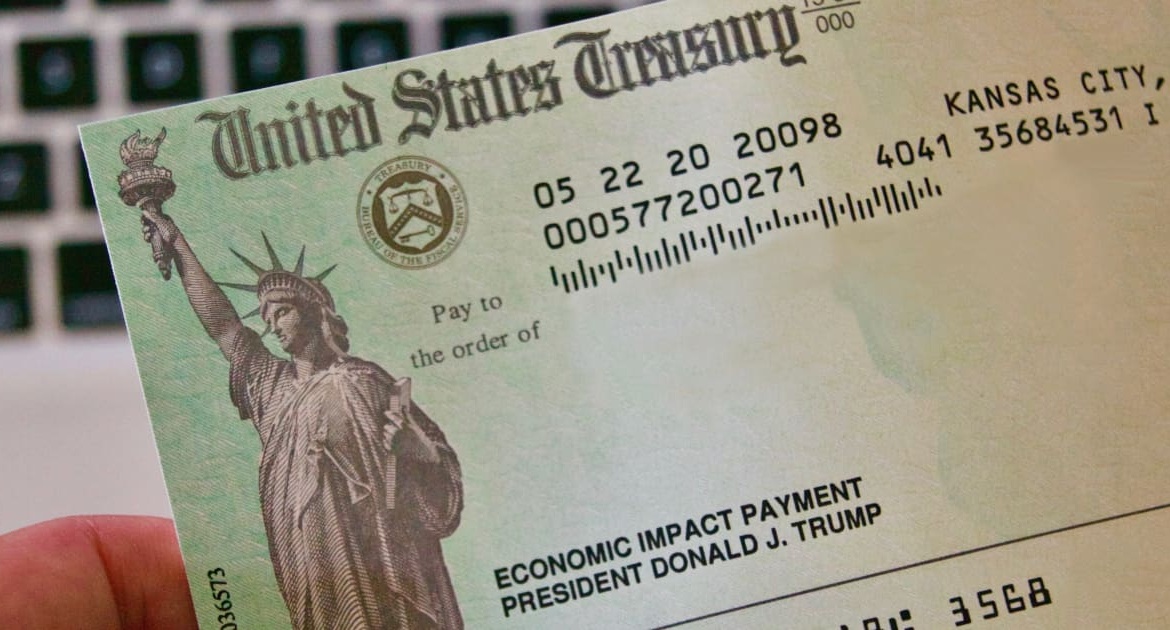PUBLISHED SUN, DEC 27 202010:27 PM ESTUPDATED MON, DEC 28 20207:53 AM ESTMacKenzie Sigalos@KENZIESIGALOS
After holding up the $900 billion coronavirus relief bill for nearly a week, President Donald Trump has just signed off on the stimulus package, which includes $600 checks.
The president had previously called the bill an unsuitable “disgrace” and demanded lawmakers raise the second round of stimulus checks to $2,000 per person, from $600.
The House plans to vote on a measure to increase stimulus checks to $2,000 on Monday, and in a statement released by Trump on Sunday night, he said the Senate would also “start the process for a vote that increases checks to $2,000.”
It remains to be seen whether lawmakers will agree to authorize larger checks, an effort that is unpopular among many Republican leaders. In a statement late Sunday, Senate Majority Leader Mitch McConnell, R-Ky., made no mention of plans to consider this legislation should the House pass it.
For now, here is what we know about the stimulus money that is currently guaranteed in the new relief package.
Who’s eligible
The pandemic recovery bill includes direct payments of up to $600 to eligible adults, plus $600 per child dependent.
Those qualifying for the maximum stimulus payment include individuals earning up to $75,000 in adjusted gross income, or $112,500 as head of household and $150,000 as a married couple filing jointly.
Payments are reduced at the same rate as the CARES Act checks. For every $100 earned over these income thresholds, payments are docked $5. However, the adjusted gross income caps are lower this time.
Individuals with $87,000 in income and married couples who file jointly earning $174,000 will not receive any payment. Therefore, fewer people will qualify for payments, and for those who do receive a check, some will be getting a lot less than the first round of payments.

